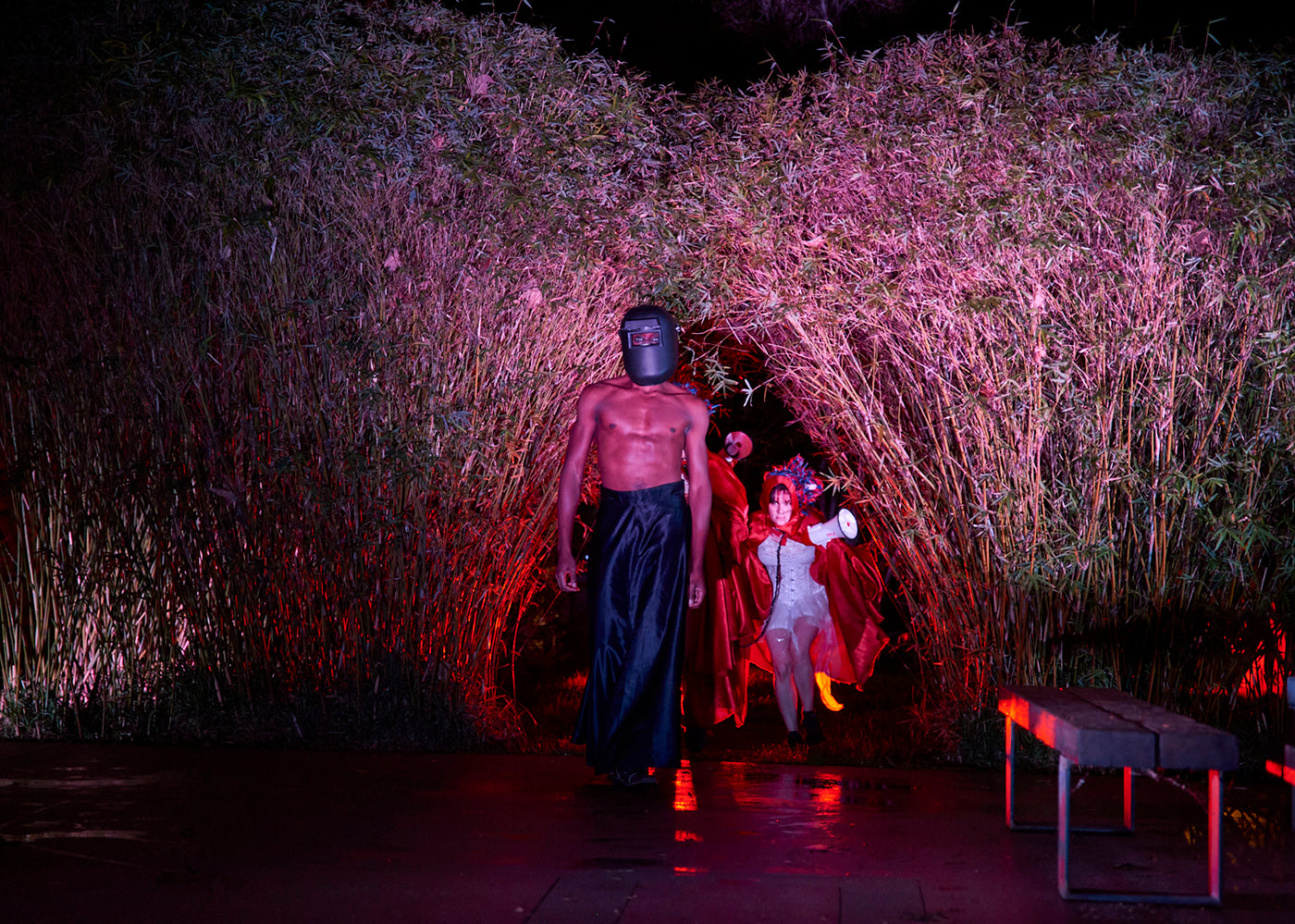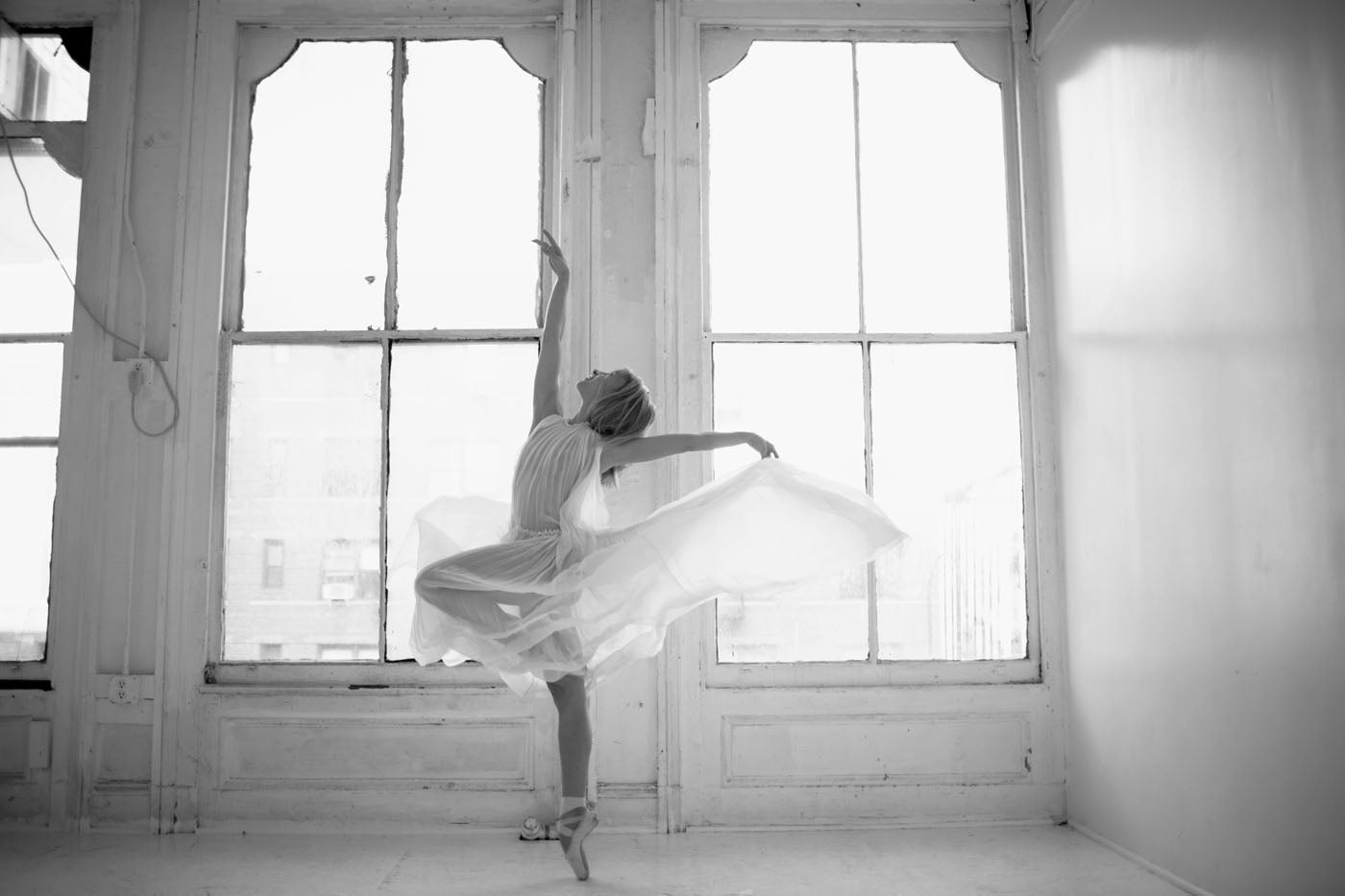[Web]Site-Specific
The crowd is the first thing I notice in the Trisha Brown Dance Company’s 2016 performance of “Figure Eights” as part of a performance at Seattle Art Museum. The audience clusters behind the row of six dancers, who are all dressed in casual white shirts and loose, white pants. The audience claps and takes pictures, sits stage-side, heads in their hands, on their phones.
Continue Reading

![[Web]Site-Specific](http://fjordreview.com/cdn/shop/articles/Trisha-Brown-Dance-Company-performance-at-The_CC_81a_CC_82tre-de-Ni_CC_82mes-France-March-13-2020.-Photo-by-Sandy-Korzekwa.jpg?v=1684942012&width=1400)











